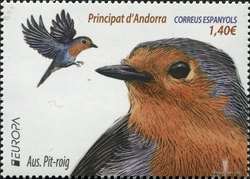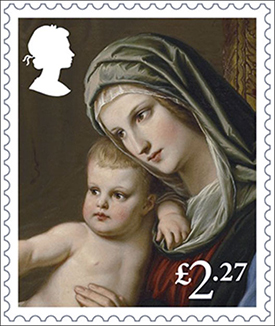Measures to Improve the WNS
and the Fight Against the Illegal Issues
Victor MANTA, PWO
Intro - About the WADP Numbering System (WNS)
“Developed by the Universal Postal Union (UPU) and the World Association for the Development of Philately (WADP), the WADP Numbering System (WNS) was introduced on 1 January 2002 (emphasis added by the author) with the aim of creating a database of all authentic postage stamps issued by UPU member countries and territories on or after that date.
The goal is for the WNS to become the central point of reference against which stamp issues can be verified, supporting the legal philatelic market by endorsing those stamps that are genuine.
Only those postage stamps that, once received by the International Bureau (IB) of the UPU have undergone the process of verification of authenticity and registration will be attributed a WNS number and added to the WNS website.
The WNS website is therefore a reference tool and a control, by omission, of stamps that have been issued illegally and labels that are claimed to be stamps. An illegal stamp is defined by the UPU as a stamp that carries the name of a legitimate country or territory but was not produced or printed by the postal administration of that country and is not valid for postage anywhere in the world. The WNS is one of the tools the UPU has introduced, helping the Posts and the philatelic market as a whole to combat this problem.” Source
As of the date of writing, the WMS completeness is far from being achieved, even if the works on it started 17 years ago. We mention some reasons for this unfortunate situation:
• The major postal administrations of Germany and The Netherlands, highly privatized, declined from the very beginning to participate in the WMS. This didn't change since.
• We learned in 2014, from the UPU page of Participating Agencies that the PA of Aland Islands (2012), Belgium (2012) and Finland (2013) stopped the registration of their stamps. Source.
Who Manages Today the WNS?
Please find below excerpts from the UPU Union Postale Magazine (Dec. 2018). Source.
“New momentum for philately. Lisa Salcedo Pfeiffer has been working at the UPU since 2015, where she began as a support with the Philately programme, with particular focus on the world numbering system (WNS) for postage stamps. She now works as the programme's WNS specialist. The WNS was created and developed by the World Association for the Development of Philately (WADP) and the UPU in 2002 to combat illegal stamp issues. It not only serves as a database of all authentic stamps issued by UPU member countries, but also a directory for philatelists keen on accessing the world's thousands of unique stamps. (...)
Aside from her WNS registration duties, Lisa says she is also working to modernize the system to give it better visibility, as well as improving its use as a means of combating illegal issues (emphasis added), as a source of expertise and as a sales platform. (...)”.

Fig. 1. Lisa Salcedo Pfeiffer. UPU IB - WNS specialist.
In coordination with the manager of the Philately and International Reply Coupons programme, Lisa has full responsibility for managing the WNS. Source
Note: an interview with Ms. Olfa Mokaddem, the manager of the Philately and International Reply Coupons programme, was published by the PWO here.
The WNS in 2019
Let us start with a real example, by following Ms. Salcedo Pfeiffer's call: “Browse through the official stamps of issuing postal authorities (…).” Please consider the Swiss 2018 stamps shown below, that I received recently affixed on a package.
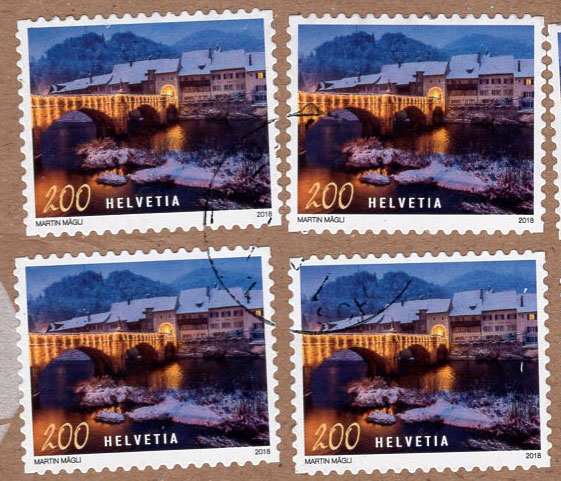
Fig. 2. Switzerland 2018 - Christmas
Because I wanted to know what is displayed on them, I tried to check on the WNS, where the Swiss stamps were in the past very promptly listed. But in my attempt, I was stuck by an unpleasant surprise. I learned that since 2016 the WNS is “Awaiting stamps for registration” from the Switzerland PA, as shown on the below image (Fig. 3). Source
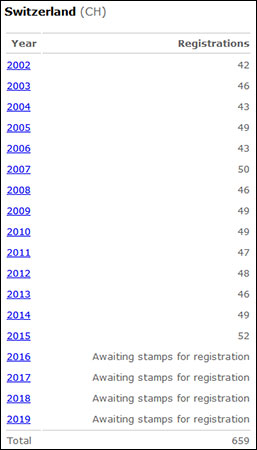
Fig 3. Switzerland PA registrations with the WNS
This is ALARMING because it is referring to the very serious Swiss postal administration, the one that scrupulously respects its duties and obligations. Could it be an expression of their doubts about the usefulness of WNS? And by the way, is the same valid for P.R. of China or India, that didn't register stamps with the WNS since 2014, Indonesia and Poland since 2013 or Gibraltar since 2004?
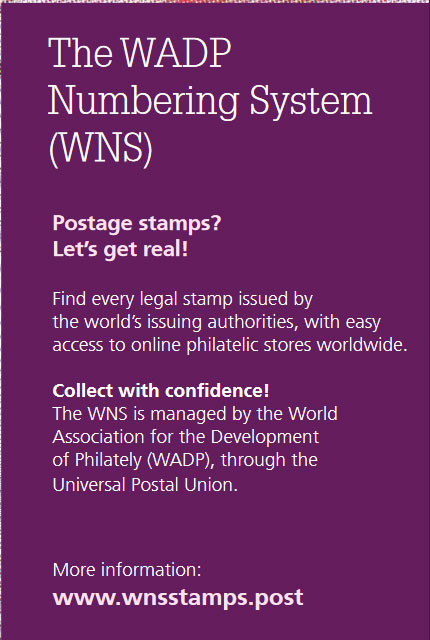
Fig. 4. Fine WNS advertising.
In the obvious circumstances of a WNS full of holes, the advertising shown above (Fig. 4) and made by the UPU for its WNS system looks like propaganda and a circumstantial justification of certain jobs, positions and wages. The sad reality is that the very expensive WNS (it is financed by the 50 CHF paid by postal administration for each registered stamp) has not reduced the number of illegal stamps, a fact that is obvious for those who observe the online philatelic markets.
The WNS and the Fight Against the Illegal Stamp Issues
A shocking image about the proliferation of illegal stamp issues was presented the at the POSTEUROP Philatelic Forum, The «Customer Experience», Essen (Germany), on 11 May 2016 by Ms. Maria Zofia Libera, Coordinator at the Worldwide Philatelic Observatory:
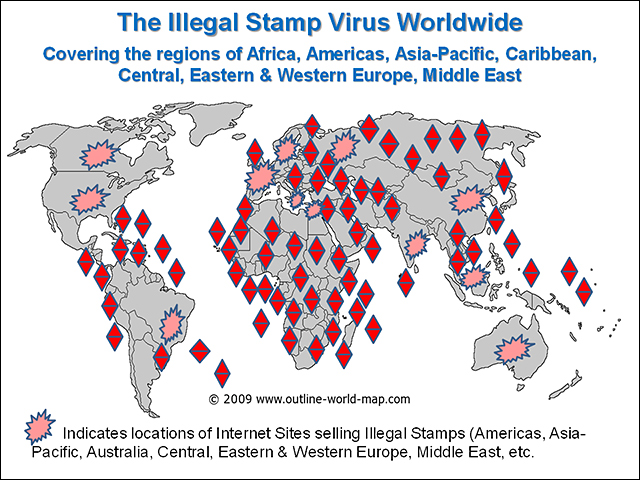
Fig.5. Spreading of Illegal Stamps Virus
Unfortunately, the UPU gave up the only tool that could be used by the stamp collectors worldwide for the identification of illegal issues, which were the UPU IB Circulars. It is astonishing that the last Circular was published in 2017, as illustrated by the image presented below.
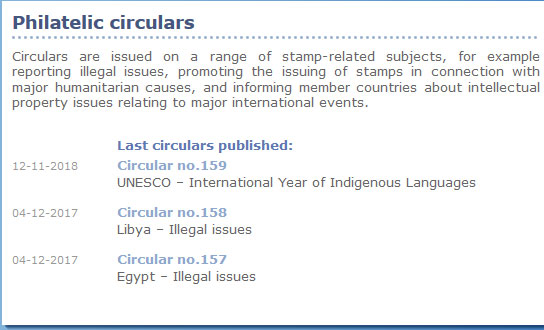
Fig. 6. Last published IB/UPU Circulars
We should note that the lack of UPU circulars denouncing illegal stamps does not mean that there is a decrease in the number of illegal stamps or of the victim countries. It is common knowledge that many developing countries still do not have an easy Internet access to do the market research to find out about illegal stamps issued in their name, but without their permission.
Note also that the responsibility of checking information presented by the complaining postal administrations (PA) was shifted from the International Bureau (IB) of the UPU, which used to perform preliminary research, to the PA themselves. Under these circumstances it is not surprising that the number of denunciations of illegal stamps, as reflected by the UPU IB Circulars, has diminished in the last years.
Therefore, it is not a wonder that already in 2016, a big number of illegal stamps was exhibited, and their presentation was even awarded at the World Stamp Show, New York City, May 28 – June 4, 2016. Source. The fact that NO new illegals circulars were published in the last two years looks like a method to hide the continual proliferation of illegal stamps, badly covered by an WNS that is less and less credible and useful.
So much about: “(...) says she is also working to modernize the system to give it better visibility, as well as improving its use as a means of combating illegal issues.” Ms. Salcedo Pfeiffer, I regret to inform you that your affirmations are not in conformity with reality, being brought by you in support of a completely lost cause and direction.
What should be done
1. The UPU and the WADP should abandon the failed idea that the WNS is or can be the solution to reduce the illegal stamp issues. However, it could be continued as a marketing tool of the postal administrations.
2. The WNS should be continued only under the assumption that the registration fees can be reduced to the level of about US$ 5, which is one tenth of what is charged today by the WNS. This could be possible if the whole registering activity is critically reconsidered (see below).
3. 20 per cent of the registration fees will be used to restart the research and help in the denunciation by the Postal Administrations of illegal stamp issues through the UPU IB Circulars.
4. By using the same registering WNS units, based on 3. and as well by the new as the already published IB Circulars, an online searchable database of description and images of known illegal issues should be created. It will be accessible worldwide for free on the web and it will be updated very often.
Improved WNS Costs
We estimate that the WNS costs could be much lower and the efficiency of their registration much higher than what is being currently done. One mean to achieve this goal it is to move the whole activity to private companies located in countries with a low level of wages. Another one is to present on the WNS approved stamp images in the form in which they come out from the stamp designers, avoiding the sending of printed stamps and the scanning operations. These are complicated and often have sub optimal results. Click on the images below to see the differences between the both methods, as they appear in real examples of the WNS and of the UK postal administration.
In addition, the usefulness of high-resolution images being doubtful, they could be dropped for the new registrations in the future WNS.
Links to related articles published on this site:
- WNS Circulars are not reliable
- WADP, WNS and the Illegal Postal Stamps. Balance Sheet Ten Years Later
- What is WNS Good For?
- No Help from the UPU
- Ten Lost WNS Years

